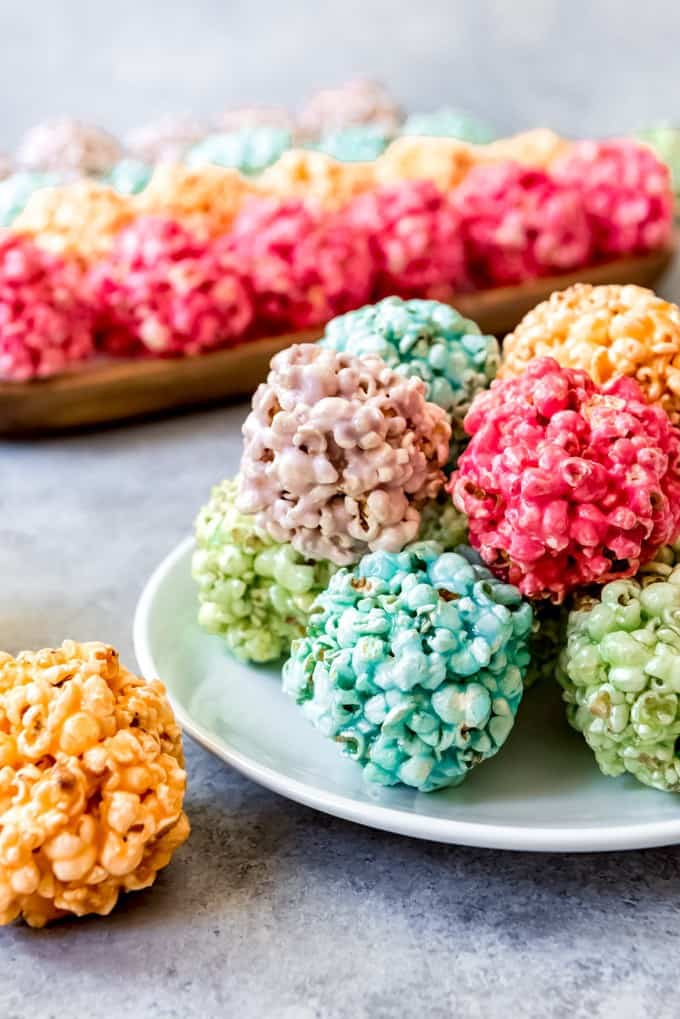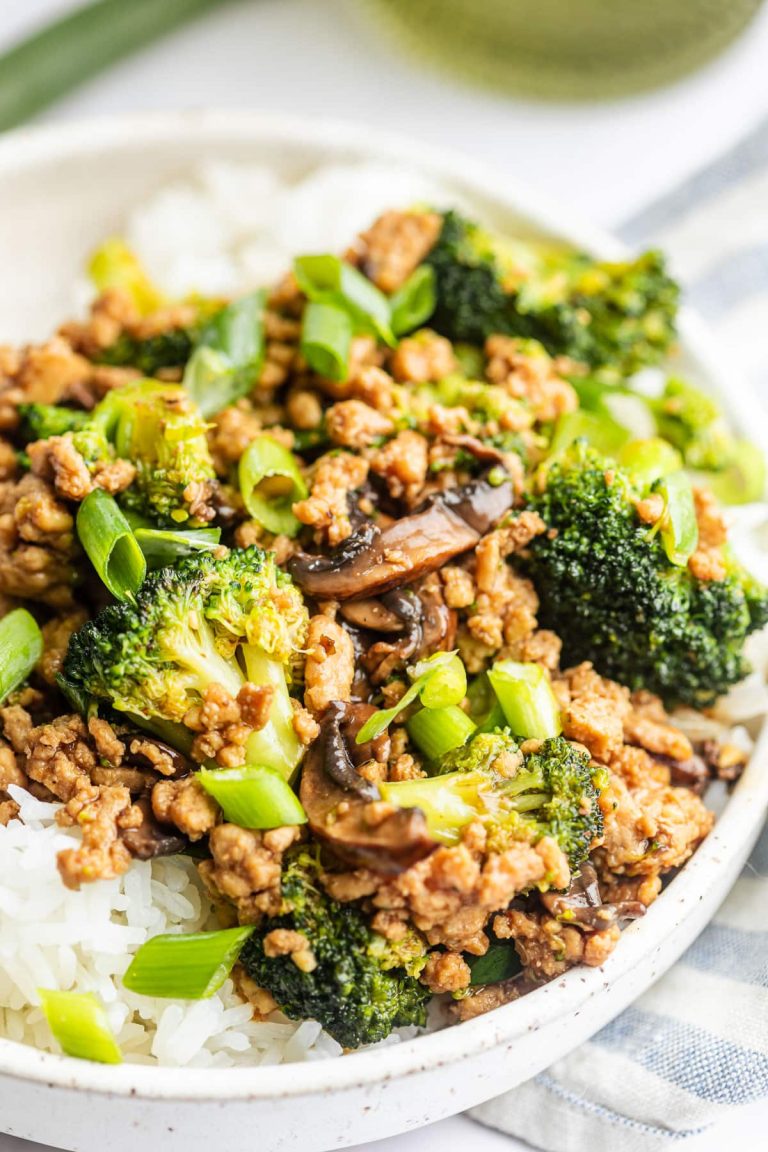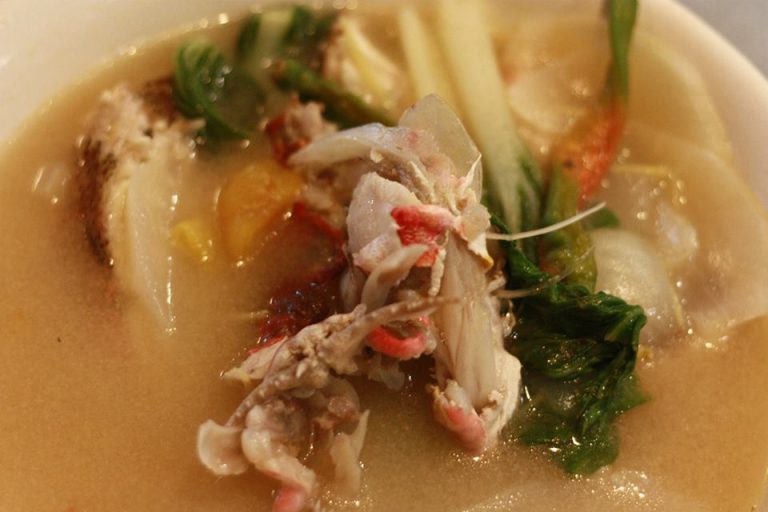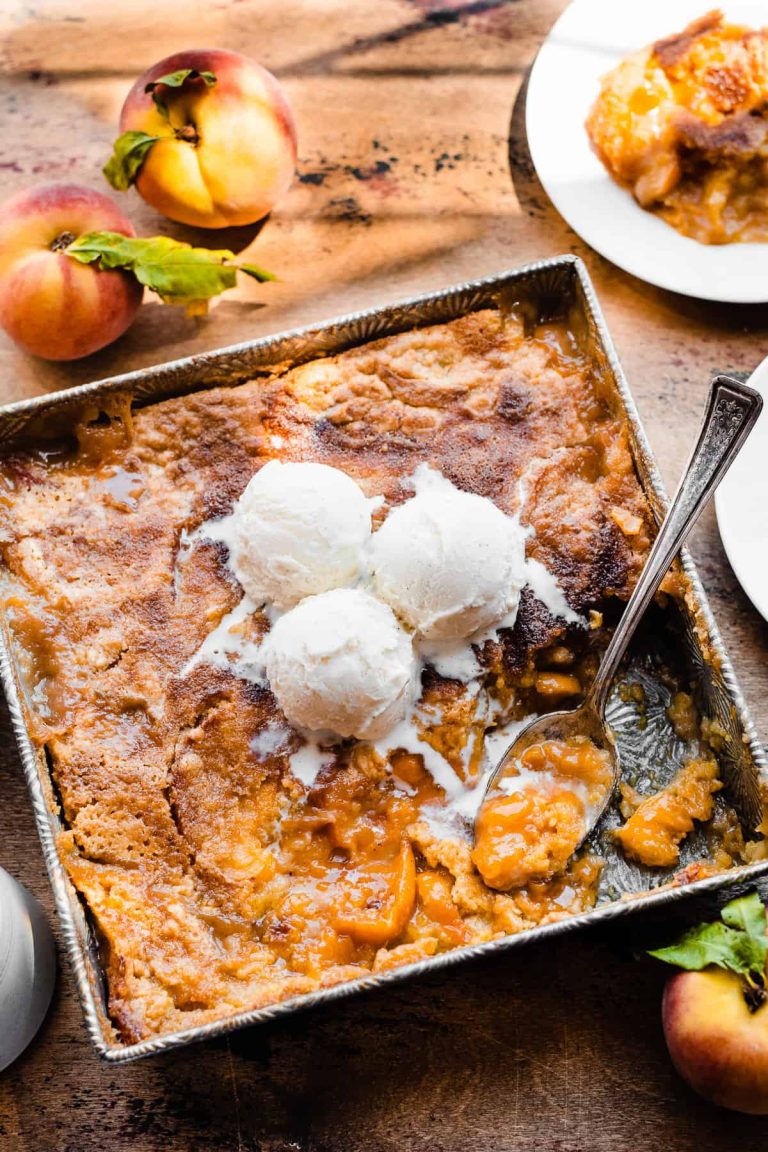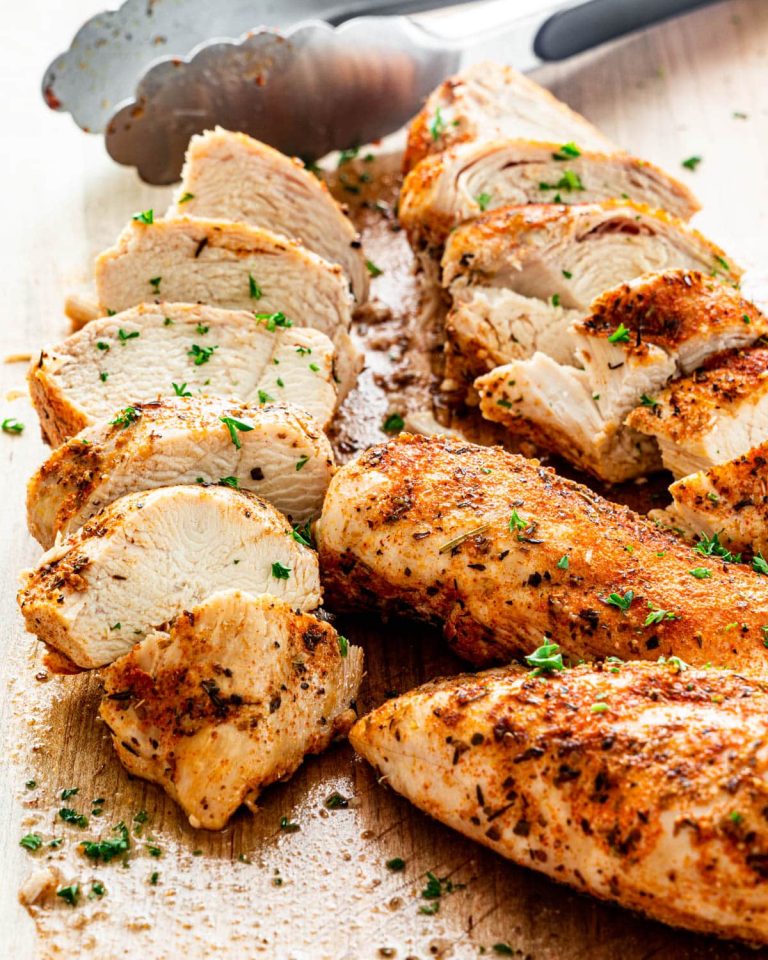Popcorn Balls: History, Recipes, and Healthier Options
Popcorn balls trace their origins to Native American traditions. Indigenous tribes utilized popcorn in various forms, with some early records dating back to ancient Aztec festivals. Popcorn balls gained mainstream popularity in 19th century America, mainly during Halloween and Christmas. This treat became cherished due to available ingredients and simple preparation.
Evolution and Variants
Popcorn balls have evolved from humble beginnings into diverse and creative treats. Modern recipes incorporate marshmallows, caramel, and even chocolate. Regional variants also emerged, like the use of molasses in the Southern United States. Today’s popcorn balls cater to numerous tastes, making them a versatile addition to any celebration.
Key Ingredients in Best Ever Popcorn Balls
Choosing the Right Popcorn
Selecting quality popcorn ensures the best texture. Use plain, unflavored kernels. Avoid pre-packaged, seasoned varieties. Pop the kernels using an air popper or stovetop method to control oil content. Aim for fluffy, fully popped kernels with minimal hulls. Use about 10 cups of popped popcorn for a standard recipe.
Sweeteners and Binders
Sweeteners and binders hold popcorn balls together. Choose from marshmallows, corn syrup, or sugar syrup. Marshmallows provide a soft, chewy texture. Melt 10 oz of marshmallows with 1/4 cup butter. For a firmer option, use corn syrup; mix 1 cup of corn syrup with 1 cup of sugar, then heat until dissolved. Experiment with different combinations to match your preferred taste and texture.
Step-by-Step Recipe for Best Ever Popcorn Balls
Preparing the Ingredients
Measure 10 cups of popped popcorn, ensuring it’s free from unpopped kernels. Gather 1 cup of granulated sugar, 1 cup of light corn syrup, and 1/4 cup of butter for the syrup mixture. Prepare 3.5 ounces of flavored gelatin powder, if you prefer colored and flavored popcorn balls. Optionally, have 1 teaspoon of vanilla extract for added flavor. Lastly, keep 1/2 teaspoon of salt handy.
Cooking and Assembly Tips
In a large saucepan, combine sugar, corn syrup, and butter, and cook on medium heat. Stir constantly until the mixture boils; this should take about 5 minutes. If using gelatin powder, add it after boiling and mix well. Allow the syrup to reach a hard-ball stage, approximately 250°F on a candy thermometer. Remove the mixture from heat, and stir in vanilla extract and salt.
Pour the hot mixture over the popped popcorn in a large bowl and mix quickly. Use heat-resistant gloves to form the popcorn into balls, working fast before the mixture hardens. Grease your hands with butter or cooking spray to prevent sticking. Let the popcorn balls cool on wax paper. Store them in airtight containers for freshness.
Creative Variations of Popcorn Balls
Flavor Add-ins and Toppings
Enhance your popcorn balls by experimenting with various flavor add-ins and toppings. Integrate ingredients like candy pieces, nuts, and dried fruit to introduce new textures and tastes. For example, sprinkle crushed candies like M&Ms or Reese’s Pieces into the mix for a burst of chocolatey goodness. Add chopped almonds, pecans, or walnuts for extra crunch. Incorporate dried cranberries or raisins to provide a slight chewiness and additional flavor.
Drizzle your popcorn balls with melted chocolate or caramel for a decadent touch. Use white chocolate, dark chocolate, or butterscotch to create a unique flavor profile. Dusting the exterior with sprinkles, shredded coconut, or cocoa powder can enhance both taste and appearance. Don’t forget to consider savory options like cheese powder or spices such as cinnamon, nutmeg, or even chili powder for a delightful twist.
Seasonal and Festive Twists
Make your popcorn balls seasonal and festive by tailoring them to different holidays and occasions. For Halloween, incorporate orange and black sprinkles or candy corn to capture the spirit of the holiday. During Christmas, use red and green colored candies or edible glitter to achieve a festive look.
St. Patrick’s Day can be celebrated with green food coloring and shamrock-shaped sprinkles. For Easter, pastel-colored candies and marshmallow bunnies can be integrated. Fourth of July can include patriotic red, white, and blue add-ins to represent the national holiday.
By adjusting the colors and thematic decorations, you create not just a delicious treat, but one that visually enhances your celebration, making each event memorable.
Health and Nutrition Facts
Caloric Information
Popcorn balls offer varying caloric content based on ingredients. A standard popcorn ball (around 2 ounces) typically contains between 150 and 200 calories. Ingredients like marshmallows, caramel, or chocolate can increase these values. For a healthier twist, opt for natural sweeteners (e.g., honey, maple syrup) or low-sugar ingredients to maintain flavor without excess calories.
Dietary Considerations
Popcorn balls can cater to different dietary needs. Use gluten-free popcorn to make them suitable for gluten-sensitive individuals. For a vegan option, replace butter with coconut oil and marshmallows with vegan alternatives. Adding nuts (e.g., almonds, walnuts) increases protein content, while dried fruits (e.g., cranberries, raisins) provide vitamins and minerals. Ensure to check ingredient labels to avoid allergens and maintain dietary preferences.
Conclusion
Popcorn balls have come a long way from their humble beginnings, evolving into a versatile treat enjoyed by many. Whether you’re sticking with traditional recipes or experimenting with healthier alternatives, there’s a version for everyone. By incorporating natural sweeteners, gluten-free, and vegan ingredients, you can cater to various dietary needs without compromising on flavor or festive fun. So go ahead, get creative, and enjoy making these delightful treats that bring joy to any occasion.
